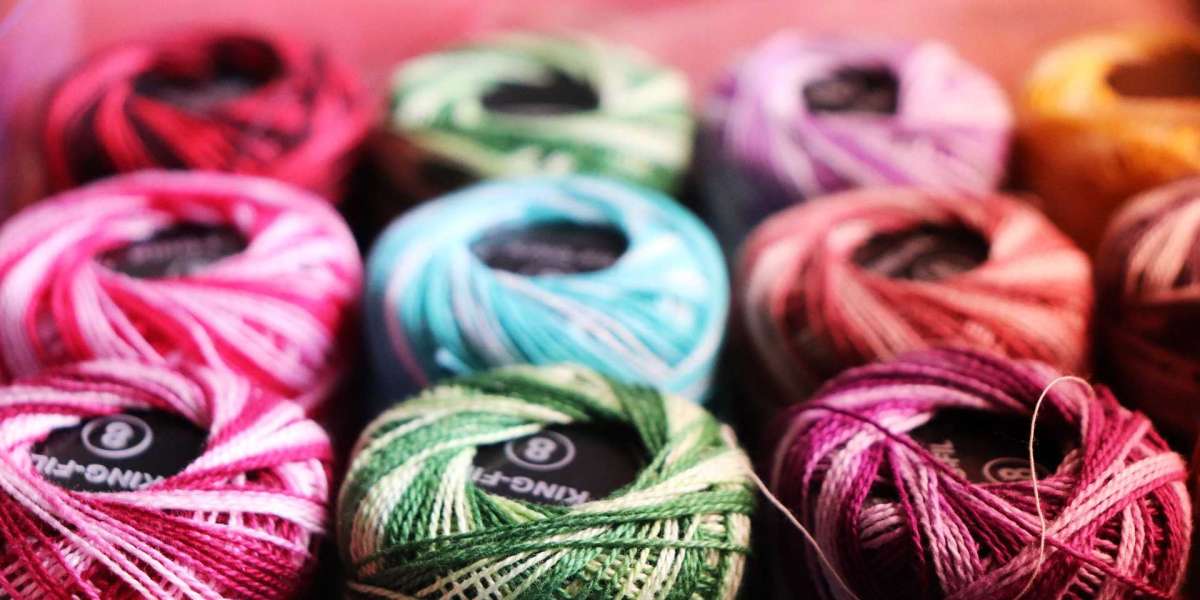Chenille embroidery is a unique technique that gives a plush, textured, and vintage look to designs, often seen on varsity jackets, letterman patches, and sports apparel. Unlike traditional embroidery, chenille uses a specialized digitizing method to create looped or chain-like stitches. In this guide, we’ll explore what chenille digitizing is, how it works, and expert tips to achieve perfect chenille embroidery results.
What is Chenille Digitizing?
Chenille digitizing is the process of converting a design into a machine-readable file that guides an embroidery machine to create chenille stitches. Unlike standard embroidery, which uses satin and fill stitches, chenille embroidery uses loop stitches to create a fluffy, raised texture.
This technique is commonly used for:
Letterman patches
Sports team logos
School and college emblems
Fashion branding
Why is Chenille Digitizing Unique?
Soft, textured appearance: Ideal for premium apparel.
Highly durable: Perfect for frequent washing and heavy use.
Vintage aesthetic: Gives designs a classic and prestigious look.
Lower stitch count: Requires fewer stitches compared to traditional embroidery.
Step-by-Step Process of Chenille Digitizing
Step 1: Selecting the Right Design
- Bold, simple designs work best since chenille stitches are thicker.
- Avoid small, intricate details, as they may lose clarity in chenille embroidery.
Step 2: Choosing the Right Thread Fabric
- Use chenille yarn or wool-blend thread for a soft, looped texture.
- Best fabrics for chenille include felt, wool, and thick cotton.
Step 3: Using the Right Digitizing Software
Popular software for chenille digitizing includes:
✔ Wilcom Embroidery Studio
✔ Pulse DG16
✔ Hatch Embroidery
✔ Brother PE-Design
Step 4: Setting Up Chenille Stitches
- Chain Stitches: Create looped textures for a classic chenille look.
- Moss Stitches: Used for thick, fluffy embroidery.
- Satin Stitches: Sometimes combined with chenille for outlines.
Step 5: Testing Refining the Design
- Run a sample test on a scrap fabric.
- Adjust stitch density, underlay, and pull compensation to ensure a clean finish.
Step 6: Exporting the File Embroidering
- Save the design in formats like DST, PES, EXP, or JEF.
- Transfer to an embroidery machine and start stitching!
Best Practices for High-Quality Chenille Digitizing
Use high-quality chenille thread for long-lasting results.
Ensure stitch density is balanced—too tight may flatten the loops.
Avoid intricate details—chenille works best with bold, simple designs.
Use proper underlay stitches to support the chenille texture.
Run test stitches before production to avoid costly mistakes.
Common Mistakes How to Avoid Them
Choosing overly detailed designs – Keep it simple for the best chenille effect.
Incorrect stitch density – Too loose, and the design lacks depth; too tight, and it flattens.
Using low-quality threads – Chenille requires durable, thick thread for optimal texture.
Skipping test runs – Always test the design before final production.
Frequently Asked Questions (FAQs)
1. What file formats are used for chenille embroidery digitizing?
Common file formats include DST, PES, EXP, JEF, and VP3, depending on the embroidery machine.
2. Can chenille embroidery be combined with standard embroidery?
Yes! Many designs use a mix of chenille and satin stitches for a dynamic look.
3. How long does it take to digitize a chenille embroidery design?
It depends on the design complexity. A simple letter patch may take 15–30 minutes, while detailed logos could take 1–2 hours.
4. What is the best software for chenille digitizing?
Top choices include Wilcom, Pulse DG16, and Hatch Embroidery Software.
5. Can I use any embroidery machine for chenille embroidery?
No, chenille embroidery requires a specialized chenille embroidery machine, such as Barudan or Tajima chenille machines.
Conclusion
Chenille digitizing is an artistic and technical skill that allows for the creation of premium, high-quality embroidered patches and apparel. Whether you're a beginner or an expert, following best practices and using the right tools can make a big difference in your results.


